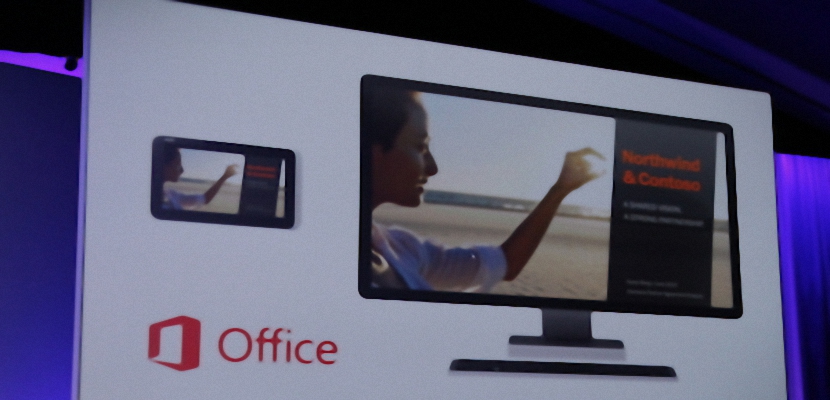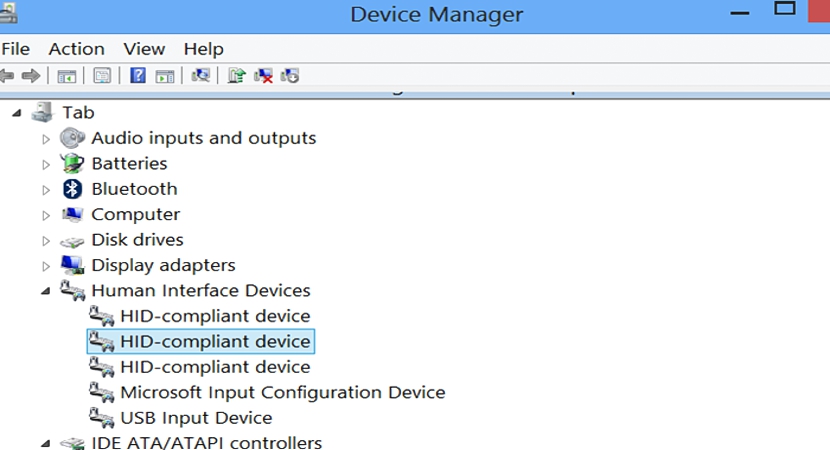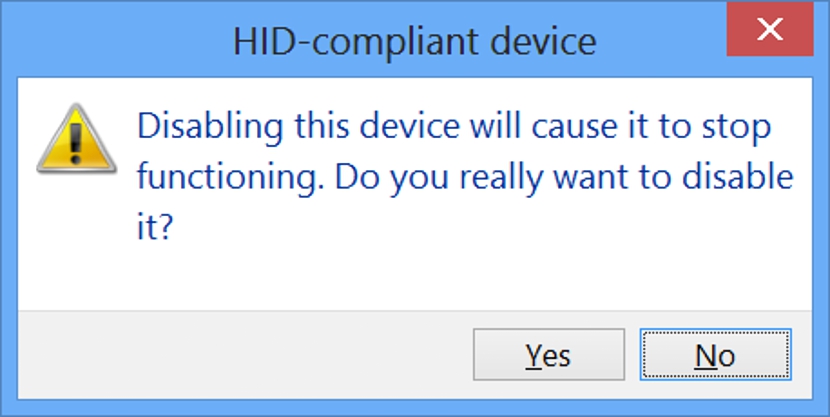
With a few simple tricks to follow, the ability to disable the touch functions of our tablet with Windows 8.1 will be the objective that we have set ourselves to achieve for now.
Of course, we must take into account a few aspects before starting to carry out this task, since despite being a completely reversible process, certain inconveniences could occur that force the user of their mobile device (obviously, the tablet), to take it for maintenance technical for what is returned to the original factory state. It is for this reason that we will describe belowthe reasons, motives, requirements and a few tools that we must have on hand to be able to deactivate these touch functions on our tablet with Windows 8.1.
Suggestions before proceeding with our goal in Windows 8.1
Despite the fact that the process is one of the easiest to perform today, this function of deactivating touch functions in the Windows 8.1 operating system disappeared in the previous version, that is, in the one in which it still authorization was not given. Microsoft came to integrate a special feature at the beginning of Windows 8, something that was very easy to do and that depended solely on having to uUse a small option within the Control Panel, place where the "deactivation of the touch screen" should be selected. For some strange reason, Microsoft came to withdraw this function, keeping it as a "little secret", because despite not being visible the feature, it can be used manually as we will indicate below:
- Start our Windows 8.1 operating system. It is necessary to have the most recent update of this operating system, so we recommend doing it according to what we indicated in a post previous.
- Click on the new Start button.
- From the options shown we choose the one that says «Security«.
- Now we select the link on the upper left that says «Device administrator«.
- We display the content of the group «Human Interface Device«.
- We locate the option shown in the following image and that is within this group.
- We click it with the right button of our mouse.
- The contextual menu we choose the option that says «deactivate«.
- We confirm our action to close the window.
The last steps we suggested above are very important and we must take them into account before confirming the proposed action. This is because the user must be aware of what he is going to do, that is, in a few more seconds, the touch functions of this operating system will be completely disabled. Now, if we are going to carry out this task it is necessary that we have a keyboard and a mouse at hand so that the entire procedure can be reversible.
From the beginning we proceed, we must have both the keyboard and the mouse connected, since these accessories have to be identified and logically installed with the respective Windows 8.1 drivers on the tablet that we are operating.
Why do I need a keyboard and mouse connected to the tablet?
Well, despite the fact that the entire process can only be carried out using the touch functions, once they are deactivated we will not have the option to reactivate them because the screen will not recognize any type of gesture that we make with our fingers. So, if at a certain moment we want to go back to enable these touch functions in Windows 8.1, we will have to use both the keyboard and the mouse to navigate to the "device manager" and thus go back in the process.
It is worth mentioning that the suggested process would be a temporary task, since at no time would we need a tablet where its touch functions are no longer present, as it is the main characteristic of one of these devices. Using both the mouse and the keyboard, we can go back to the steps suggested above but now, in order to activate the touch functions again.

